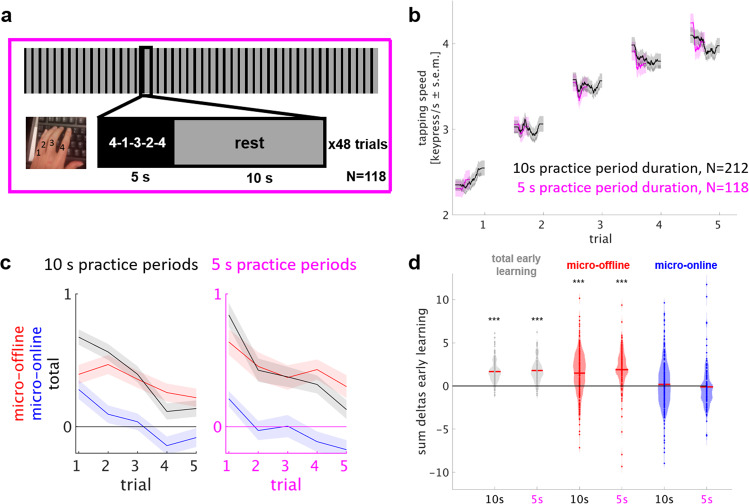Fig. 3. Experiment 3: training under reduced practice period duration shows comparable micro-offline gains.
a Task: participants learned the motor skill task2,22,23 over 48 trials (inset shows a single trial) consisting of alternating 5 s practice and 10 s rest periods for a total of 12 min, matched to the original experiment duration (Fig. 1). b Skill was measured as the average inter-tap interval within correct sequences (tapping speed measured in keypresses/s)2,24. The group average performance curve is given in magenta (N = 118) and the group average of the 10 s practice period group (Experiment 1, Fig. 1) displayed for comparison in black (N = 212). c Trial-wise early learning. Each line depicts performance changes (micro-offline in red, micro-online in blue, total in black) per trial (mean + s.e.m.). Even under reduced practice period duration, total learning was closely accounted for by micro-offline gains (black and red lines) whereas micro-online performance changes fluctuate around 0 (blue line). Micro-offline learning remains high when halving practice period duration. d Data points in the violin plot depict the sum of changes in performance over early learning trials in each participant, the red line denotes the mean. In both groups (10 and 5 s), total early learning is accounted for by performance improvements during rest periods, but not during practice periods. ***P < 0.001. Note that participants with a high performance were selected in both groups due to required at least two correct sequences in each trial for calculation of microscale learning (“Methods”, “Data Analysis” section).

